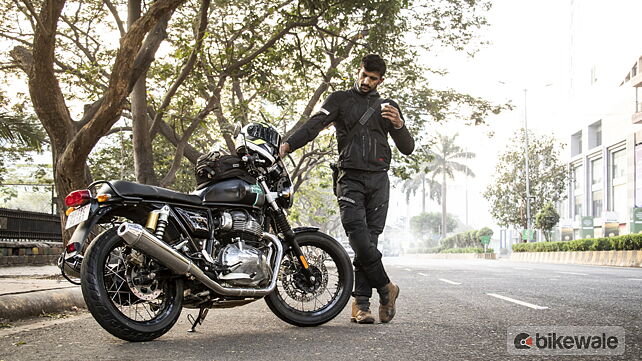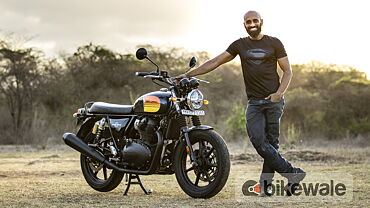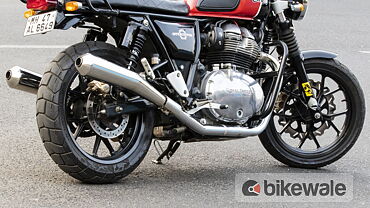Intro

In May this year, I bought my 2022 Royal Enfield Interceptor 650, and since then, I have been itching to ride it over long distances. At least a 1,000km plus ride because over the last few years of touring I have realised that this is a good distance to put the bike to the test and understand its limitations. So, when the Rider Mania 2022 invite came through, I decided to ride to Goa on this Interceptor, and this wouldn't be any other 1200km ride. This ride will be filled with smooth highway roads towards Goa, and during the return journey, I had planned to take the dreading old Goa-Mumbai Highway – a perfect place to test every bit of the bike.
Good Things

Let us address the core of the matter first. The 650cc parallel-twin engine of this Royal Enfield is such a gem. It performed flawlessly throughout the ride. While pushing through the early morning truck traffic in Mumbai or while flying through some of the famous NH roads of Maharashtra, this engine offered performance and comfort when I wanted. The combination of strong low- and mid-range allowed me to overtake vehicles as planned, resulting in better overall average time. While I encountered some stop-go traffic in Pune and Goa, the smooth and quick acceleration made me cross almost all the vehicles in no time. On the highways, the 2022 INT can sit at 120kmph-130kmph throughout the day. But sadly, that's also when it starts drinking a lot of fuel, resulting in more fuel stops. That said, this engine keeps the overall fatigue in check as little vibrations creep on the handlebar and the footpegs.

The Interceptor 650 can also hold a good amount of luggage. I used the Rynox tank bag and a 20-litre tail bag from Dirtsack. The tank is big enough to have a larger bag, but I refrained from doing so to avoid unnecessary scratches (which didn't help). While most INT customers either like to install a top box or saddle bags, I want to keep things simple and not change the overall riding dynamics of the bike. The tail bag allowed me to carry one week of luggage, and the long single touring seat could easily hold the bag flat.

Now, the seating ergos are suitable for touring. I spent many hours without a stop, and the seating triangle was good enough for me to skip those halts for body stretches. The wide handlebar offered good leverage, and while the footpegs were not centre-set, it still managed to provide good comfort.
Not So Good Things

I have never been a fan of the Interceptor's ride quality, and after riding for almost 1,200km, I don't think I'll ever like the stock setup. The springs at the back are stiff, so with my weight and the luggage, the compression and rebound didn’t work for me. The 10 hours-ride on the old highway almost broke my body and soul.

Even the pillion comfort is entirely wrong on this bike for two simple reasons: the overall seat width isn't just right, and the seating triangle is too aggressive. Then, the pillion footpegs were placed relatively high, which meant my pillion complained every time he wanted to explore the streets of Goa.

I wanted to see two other things on this motorcycle – USB charging and a clock. For both these things, I had to rely on my gadgets. A bike that costs almost Rs 4 lakh should have these modern features.
What's Next?
Well, that was my time with the Interceptor. It is getting expensive to use the bike daily as my commute to the office is 130km a day, and I need a pocket-friendly motorcycle for a few months, and that bike is not a bike. It is a scooter. An electric. It is called the TVS iQube.
Photography by Kaustubh Gandhi
Gallery
1/9
Royal Enfield Interceptor 650 Right Side View
Double Tap to Zoom









































![KTM 390 Adventure X [2025] KTM 390 Adventure X [2025]](https://imgd.aeplcdn.com/272x153/n/cw/ec/190885/390-adventure-x-2025-right-side-view.jpeg?isig=0&q=80)